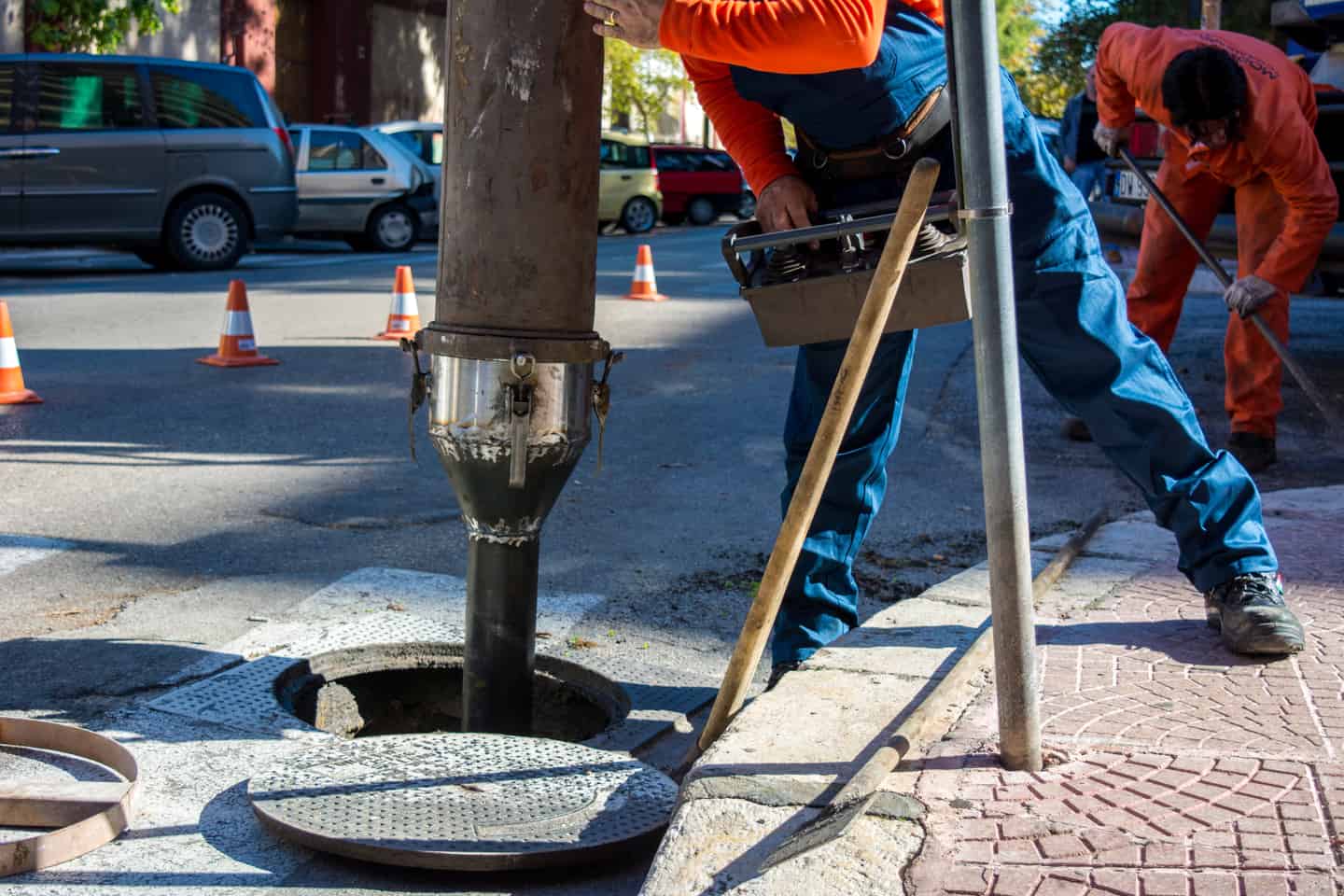Menu


Long Island's Premier Cesspool Services Provider
Welcome to Quality Cesspool, the leading provider of cesspool and septic system services in Long Island, New York. For almost two decades, we have been offering top-notch, reliable, and affordable solutions to homes and businesses throughout the region.
At Quality Cesspool, we understand the importance of maintaining a healthy and functional septic system. That’s why our highly skilled and experienced team is dedicated to providing fast, efficient, and comprehensive services to ensure the smooth operation of your septic system.

QUALITY CESSPOOL SERVICE & INSTALLATIONS
If your home or business operates on a septic system of any kind, you will need regular pumping and cleaning from an experienced, professional septic company. You need dependable maintenance. When you have us look after your septic tank and lines, we’ll keep things flowing smoothly and you won’t run the risk of clogs, overflows, backups, or other messy disasters.
Quality Cesspool is the product of four respected generations of a family-owned septic tank pumping services and cesspool installation and maintenance business. We’re a licensed and insured owner-operated business that has been providing quality septic services in the cesspool industry for more than ten years. We provide superior cesspool services and lasting, reliable, and neat cesspool installations to customers all over Long Island – from Eastern Suffolk to Western Nassau.
Quality Cesspool is the product of four respected generations of a family-owned septic tank pumping services and cesspool installation and maintenance business. We’re a licensed and insured owner-operated business that has been providing quality septic services in the cesspool industry for more than ten years. We provide superior cesspool services and lasting, reliable, and neat cesspool installations to customers all over Long Island – from Eastern Suffolk to Western Nassau.
Why our clients love QUALITY CESSPOOL
- Great pricing, was prompt to respond to our call, pleasant to talk to, and our problem was resolved quickly and easily - would definitely recommend.read moreread lessJenniferQuality Cesspool is without a doubt the best cesspool company around. I had a serious emergency situation with my cesspool that needed immediate service, Tommy of Quality Cesspool was at my house in less than 30 min to help me and my family. Watching him and his crew work was like nothing I’ve ever seen before. Within a couple of hours, Tommy was able to remove my old cesspool and replace it with a brand new one with the speed and precision of a true professional who really knows his craft, his knowledge and skills are second to none. And maybe the best part was the price, I really feel like I got the best quality work, for a cheap price! Couldn’t be happier with the service. Highly recommend Quality Cesspool!!!read moreread lessEddieQuality cesspool Is The best cesspool company I’ve ever dealt with. Tommy and his crew amazing, very knowledgeable they did my seccpool fast, and the price was very affordable. I will definitely use them again highly recommended. thank you so much guysread moreread lessDimitryQuality Cesspool replaced our entire cesspool system this summer, after a complete collapse. The price was fair, the work was was neat as could be considering the very difficult working space. Everyone was very experienced and friendly. We had a issue arise the next day and they were there by 7 am to correct the situation. If you need a big job like we had I would recommend quality to anyoneread moreread lessScott
- Great people, great work. Fast. Neat. Clean job.read moreread lessSorinQuality Cesspool is an excellent company. When you speak to them about the problems you are having you know you're in capable hands. They are knowledgeable in the work they do and it shows. They treat you well and make you feel comfortable with the work they have done. You are not just a number to them...at Quality Cesspool, you matter. It's a great business.read moreread lessMelissaTommy and crew are excellent. They closed up our old cesspool and installed a whole new system in one day. Fair pricing and good quality work!read moreread lessMazI called quality cesspool in the middle of the night when I had a cesspool problem and it was overflowing into the basement of my house. Tommy came and solved the problem right away. I would recommend him and his services to anyone, he is a stand up guy and has very fair pricing.read moreread lessFrancesco
- Would highly recommend this company. Was available on a holiday to come assist us. Affordable prices.read moreread lessJessicaI moved into my new 90 year old house last August and had no knowledge of who to call when I realized the cesspool was full. I blindly called another company who quoted me $395.00. They were here for hours and I ended up spending more than 4 times that. Their pump obviously wasn't working and they lied about how many gallons they removed.
2 months later, the cesspool was full again. I called Tommy at Quality Cesspool who came the next morning. He was here promptly at 8AM and out by 9:15. He was pleasant and knowledgeable. Prices more than fair. I plan to use him again in the future.read moreread lessJillTommy at Quality cesspool Is awesome. By far the best price on installation of a new Cesspool about a year ago and it’s still working like clockwork. No issues since he came by and helped me out. Also have used him at a couple of rental properties and his service is seamless. Highly recommend!read moreread lessDr. NeilQuality Cesspool is the do it all, but do it all with experience, trust, and great customer service kind of company. Tommy is very accommodating and his crew is excellent. Would recommend this company 7 days a week and twice on sunday.read moreread lessTina
Cesspool pumping
Septic tanks pumped
Dry well maintenance
Cesspool installation
Dry wells dug & installed
New main lines & overflow lines
CESSPOOL SERVICES
Cesspool & sewer line repairs
Camera inspection
Cesspool location
Dig up cesspool covers
Ground & tank aeration
Chemical cesspool treatments
All cesspool related
What Makes Quality Cesspool The Top Choice?
Free CESSPOOL Estimates
We offer a hassle-free, no obligation, no waiting, ‘just get your free cesspool or septic tank service estimate’.
SEPTIC TANK service
Our septic tank experts work around the clock to assist you with your cesspool needs.
Licensed and insured CESSPOOL EXPERTS
You can rest assured. Our top-notch cesspool technicians are prompt, neat, reliable, professional, licensed & insured.
HOME OR OFFICE SEPTIC TANK SERVICES
Wherever your septic tank is located, we can help you. We service not only residential but commercial properties as well!
Pump Trucks
OUR HEAVY CESSPOOL EQUIPMENT
No job is too big or too small for our EXPERT SEPTIC TANK CESSPOOL staff.
Dump Trucks
CESSPOOL EQUIPMENT
No job is too big or too small for our expert staff.
Pump Trucks
Dump Trucks
Cranes
Excavators
Backhoes
Schedule Your Service Today!
Don’t wait for septic system issues to become major problems. Let Quality Cesspool provide the professional, reliable, and affordable services you need. Contact us today at (631) 529-0101 to schedule your appointment, or request a free quote using our online form.
Quality Cesspool – Your Trusted Partner for Long Island Cesspool and Septic Services

